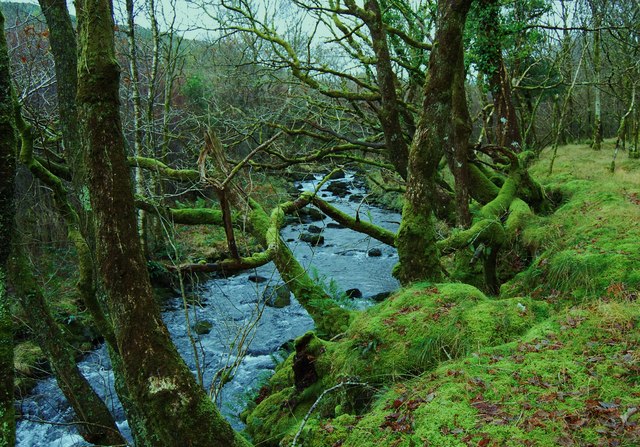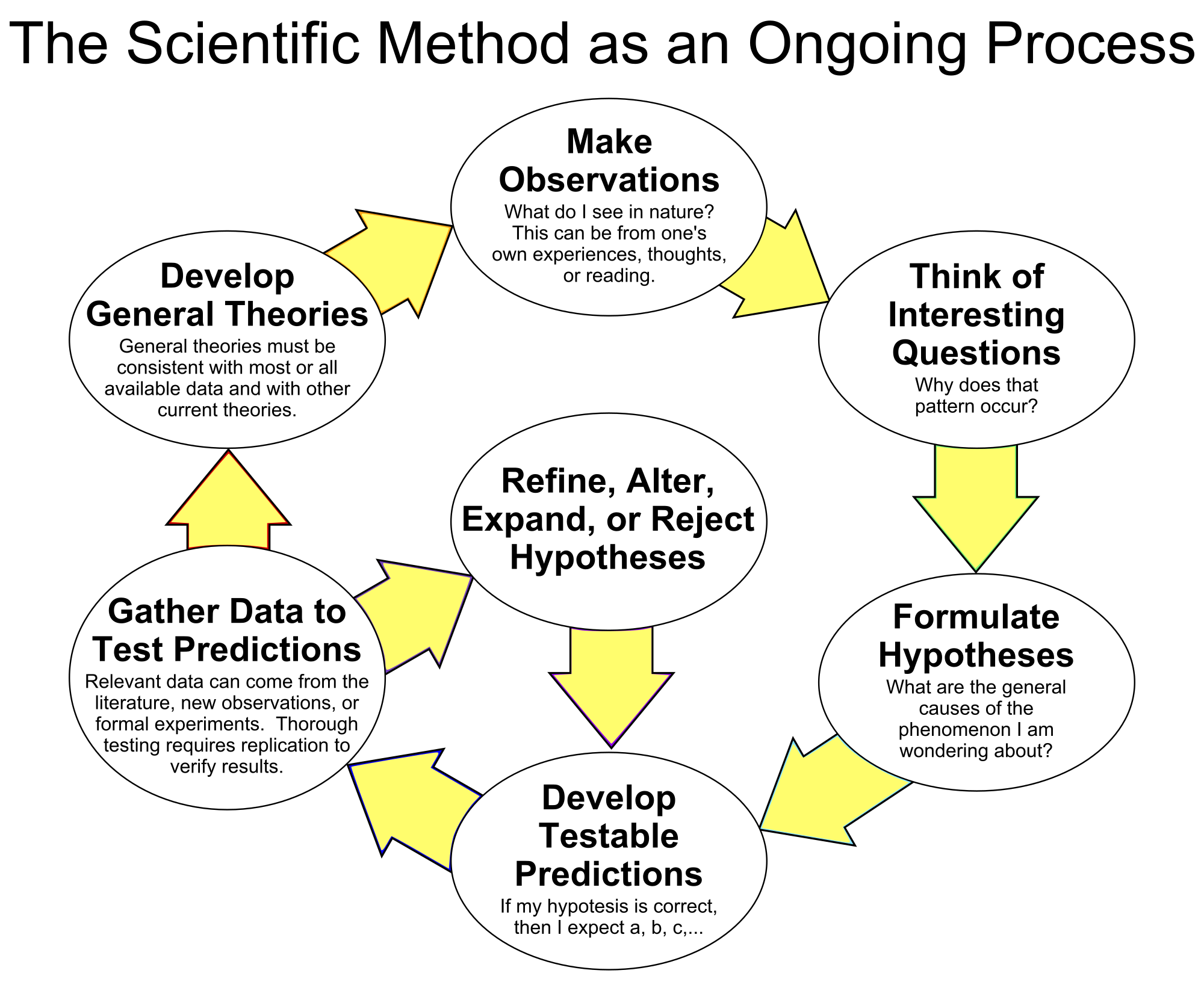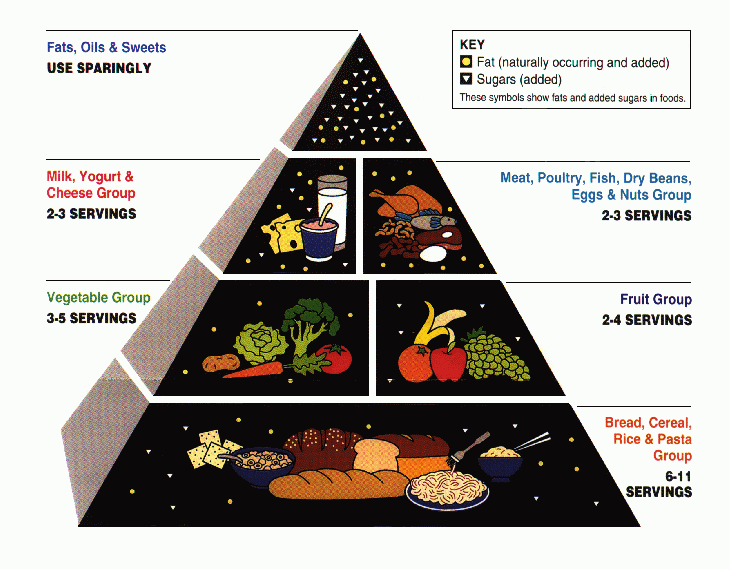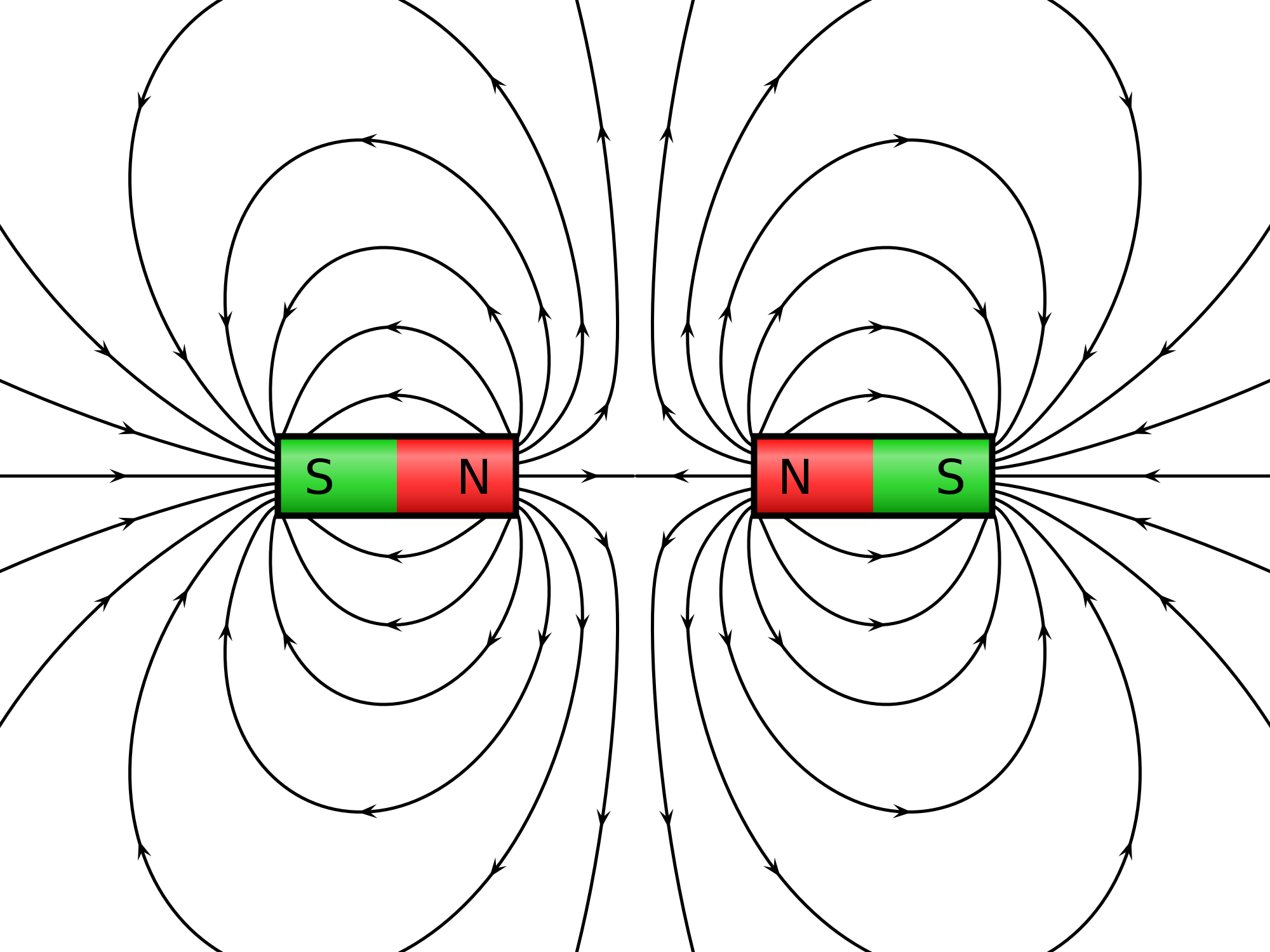This week we did a project where we made a cartoon about the scientific method, I learned how many steps are really in scientific method and how you can skip around through them for different projects.
Before we started this project I thought there was a designated order in the scientific method and if you had to skip a step, your question was wrong. I also thought there was only 5 or 6 steps not 9 or 10.
I used to think of this subject as this annoying rule that every one had to follow or else they were doing it wrong, now I know why it is so important to follow and how flexible it really is when you use it.
If someone who had no idea who I was looked at this project, they would learn that I do not like to do what everyone else is doing I like to take it one step further and make mine look bigger, better, and fancier.
If I could go back and do this piece over again I would go back and maybe add more boxes to make my story look more detailed.












